Any business must streamline operations and maximize efficiency to stay ahead of the curve. One powerful approach to achieving this is process optimization—the systematic improvement of business processes to enhance productivity, reduce costs, and drive overall success. In this blog post, we’ll explore three key process optimization strategies that can transform the way you do business.
Find the Slow Spots!
Where are things slowing down in our business? The first step in process optimization is identifying bottlenecks and inefficiencies hindering your operations. These bottlenecks can manifest as delays, errors, or inefficiencies at various stages of your business processes. By conducting a thorough analysis of your workflows and pinpointing areas where productivity is lagging, or resources are being underutilized, you can uncover opportunities for improvement.
Streamline Workflows
Once bottlenecks have been identified, the next step is to streamline workflows. Streamlining workflows is crucial for improving business processes, directly affecting speed, efficiency, and effectiveness. By simplifying workflows and reducing complexity, organizations can accelerate the pace of operations and improve overall efficiency. Here’s how organizations can do it:
- Process Reengineering: This involves redesigning existing processes to achieve better performance, like reducing lead times or cutting costs. Though it may challenge established practices, the benefits—like increased efficiency and competitiveness—are significant.
- Eliminating Unnecessary Steps: Many workflows have redundant tasks that don’t add value. By identifying and removing these inefficiencies through thorough assessments, organizations can operate more smoothly, saving time and resources while reducing errors.
- Standardization and Simplification: Standardizing workflows with clear guidelines and best practices reduces variability and ensures consistency. Simplifying complex processes makes them easier to execute and train others on, enhancing efficiency and scalability.
- Utilizing Lean Principles: Derived from the Toyota Production System, lean principles like value stream mapping and continuous improvement help identify waste and optimize processes. Applying these principles increases productivity and overall performance.
Get Easier Process with Automation Tools & Technologies
The next step is to implement automation tools and technologies to eliminate manual tasks and increase efficiency. Instead of spending hours doing repetitive tasks, like filling out forms or sending emails, you can let automation take care of it while you focus on the fun stuff. Automation can reduce human error and save valuable time and resources for more strategic initiatives. Whether automating repetitive administrative tasks, streamlining communication channels, or integrating disparate systems, embracing automation can revolutionize how your business operates.
So, there you have it – process optimization made easy! Process optimization is a powerful strategy for enhancing productivity, reducing costs, and driving business success. By identifying bottlenecks, implementing automation tools, and learning from successful case studies, we can make our businesses run smoother and better than ever before. So, take the first step towards optimization today and watch your business soar to new heights of success!
Get Process Rehab to identify, evaluate, and update the processes you use in your business!




